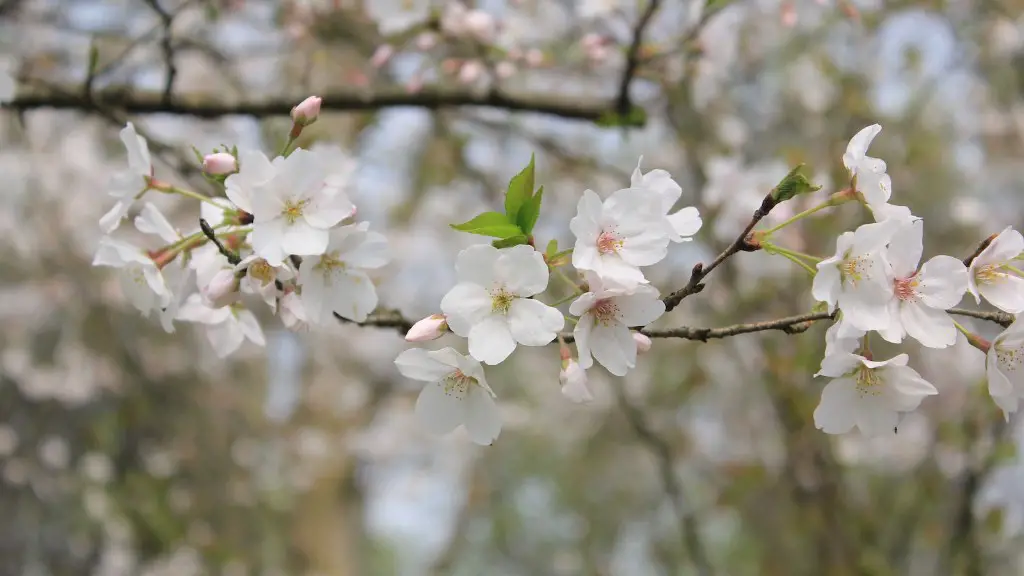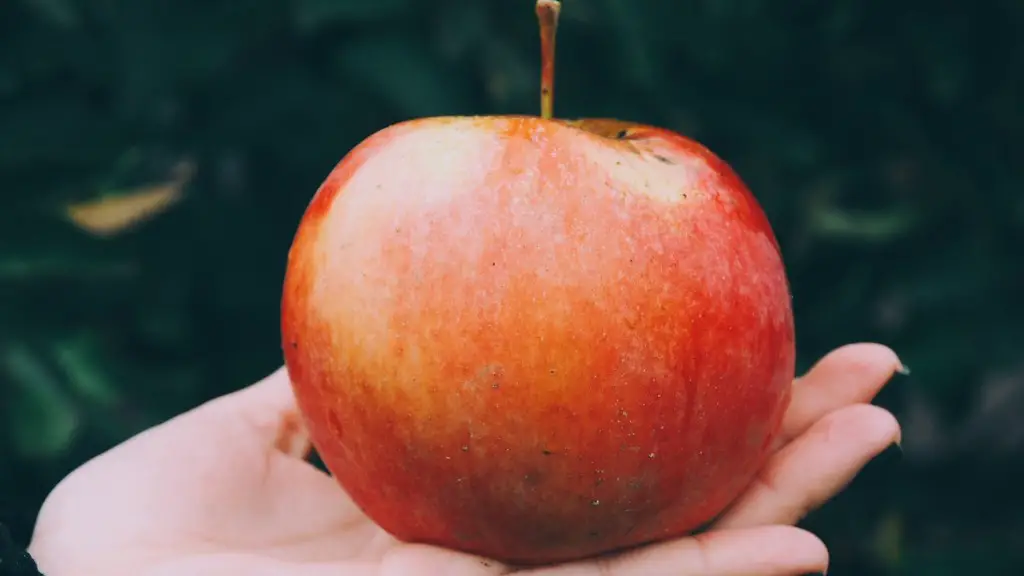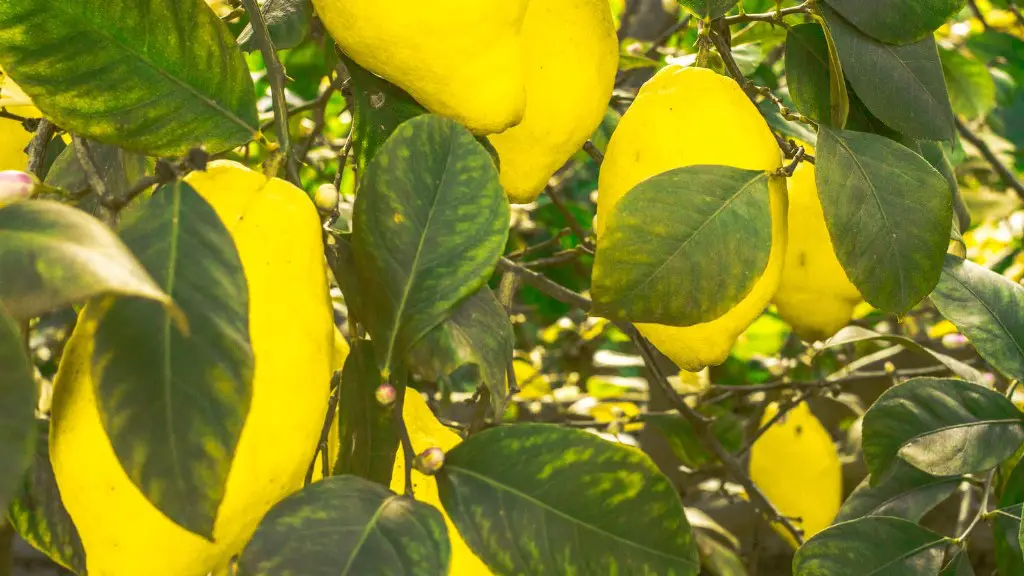Pruning a weeping cherry tree can be a tricky process. It’s important to be aware of the best timing and techniques when it comes to pruning the tree properly and correctly. Here is a comprehensive guide to help you figure out when to prune your weeping cherry tree so that it can remain healthy year-round and continue to bear fruit.
When Should I Prune?
Trees generally should be pruned once a year in late winter or early spring. This is when the tree is dormant, so it is not expending any energy and is less sensitive. Pruning a weeping cherry tree at this time of year encourages strong growth and gives the tree a chance to heal from any wounds it sustains.
As a general rule, permit new growth to extend and fill out the tree’s canopy. Then, it is recommended that you prune your weeping cherry tree when the last leaves of fall have dropped and the tree is completely dormant. This will reduce the potential for major stress and cold damage to the tree.
How To Prune?
When it comes to pruning your weeping cherry tree, there are certain specific steps you should take. Start by removing any dead or dying branches and twigs. Then, begin pruning to shape the tree. Make uniform cuts, but avoid making cuts that are too close. They should only be made at sharp angles because these encourage the tree to heal more quickly. Be sure to use clean, sharp pruning shears to ensure that you make a clean cut and don’t damage the tree.
When pruning a weeping cherry tree, make sure to look for any shoots that are growing out of the main branch. These should be pruned away to allow the main branch to grow in strength. Shoots that are growing near the base of the tree should also be pruned to promote strong root growth. Finally, don’t be afraid to thin out the canopy a bit to allow airflow and room for new growth.
Additional Tips
When pruning a weeping cherry tree, beware of any cuts too close to the trunk or main branches. If a cut is too close, it may not heal properly and could cause further damage and stress to the tree. It’s also important to recognize that pruning a weeping cherry tree should never be done during the summer months, as the heat can cause far too much stress and damage to the tree. Don’t be afraid to prune your tree, but it’s important to understand the steps involved and the best time of year to do it.
Fertilizing and Watering
Pruning is important, but it’s also important to follow-through with adequate fertilizer and watering. Weeping cherry trees prefer a well-drained, organic soil that is slightly acidic. It’s important to water the tree thoroughly, but don’t let the soil become waterlogged. To ensure that the tree has enough nutrients, fertilize with a balanced, slow-release fertilizer that’s high in nitrogen content.
Organic manure or compost can also be applied during the late winter in order to create a nutrient-rich environment for the tree to grow. Additionally, to maintain moisture during the summer months, mulch can be applied around the base of the tree. This will help to retain moisture and deter weeds.
Signs of Poor Health
It’s important to be aware of the signs of poor health in your weeping cherry tree. If the tree is not pruned correctly, or is not receiving adequate fertilizer and watering, then it may suffer from pest or disease infestations. These can be obvious, such as wilting leaves or yellowing twigs, or they may be more subtle, such as visible fungal growth. If you think your tree may be suffering from poor health, it’s important to take immediate action to address the problem.
Another sign of poor health is fruit that does not ripen properly. If this is happening to your tree, it may be a sign that it is not getting enough sunlight or fertilizer. Additionally, if the leaves of the tree are turning yellow and dropping off the tree in the summer, it may be a sign of too much fertilizer or water. Lastly, if the tree’s branches seem brittle and weak, it could be a sign that the tree is not getting enough water.
Treating Poor Health
If you think that your weeping cherry tree is suffering from poor health, the best thing you can do is act quickly. You may want to consider applying a fungicide to the tree to help treat or prevent a fungal infection. Additionally, make sure that the tree is receiving the right amount of sunlight, watering, and fertilizing so that it can remain healthy and strong. Lastly, you’ll want to prune off any dead or diseased branches to help the tree heal and get back to its healthy state.
Preventing Poor Health
The best way to ensure that your weeping cherry tree has a healthy and productive life is to take preventive measures and follow the pruning and care instructions outlined above. This includes pruning at the right time of year, providing the tree with adequate fertilizer and water, and avoiding any cuts too close to the trunk or main branches.
Keeping an eye on the tree throughout the year is also a great way to catch potential problems before they become severe. Observe any changes in color or texture of the leaves, fruit, and bark, and look for any signs of pests and diseases. If you notice any of these signs, act quickly to address them.
The Benefits of Pruning
Pruning a weeping cherry tree will help to keep it healthy, vigorous, and productive. Pruning encourages strong root and branch growth, which can lead to a stronger, more beautiful tree. Additionally, pruning can create room for more light and air to penetrate the tree’s canopy, which can lead to more flowers, fruits, and leaves. Finally, pruning your weeping cherry tree each year will help you to maintain its shape, size, and vigor.
The Bottom Line
Pruning a weeping cherry tree is a delicate process and can be tricky if you don’t know what you’re doing. It’s important to be aware of the right timing and techniques when it comes to pruning the tree correctly so that it can remain healthy throughout the year and continue to bear fruit. Remember to prune once a year in late winter or early spring and make uniform cuts at sharp angles using clean, sharp shears. Be aware of signs of poor health, such as wilting leaves or yellowing twigs, and take action to address them if necessary. Pruning your tree regularly will help it to remain productive and healthy for years to come.



